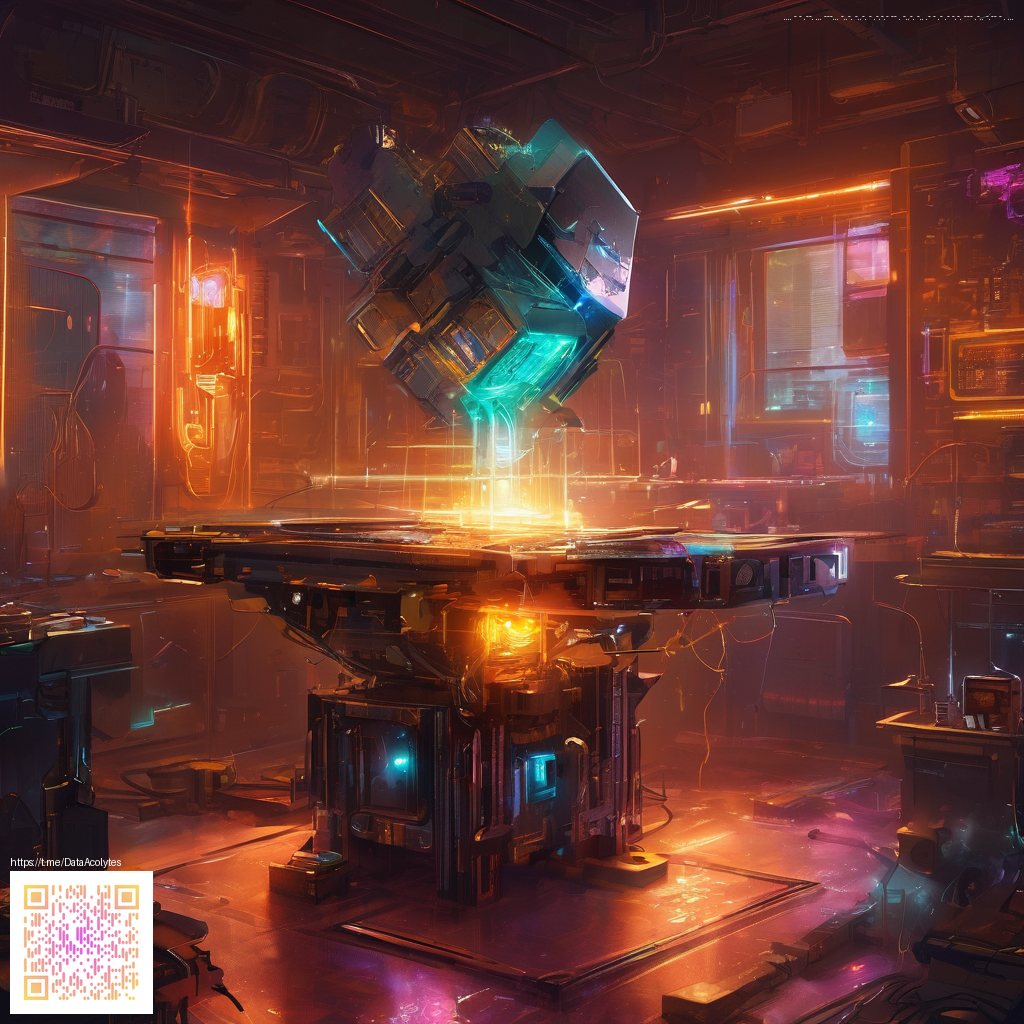
Engine Innovations in Portal 2 that Reshaped Puzzle Design
When Valve released the sequel to a beloved physics novelty, the conversation around what makes a puzzle game truly feel alive shifted. The underlying engine work in Portal 2 did more than smooth out frame rates or render shinier textures. It redefined how players interact with space, physics, and logic on a granular level. The result is a blueprint for puzzle design that languages the player through systems rather than rote solutions. What began as a refinement of the original’s toolkit blossomed into a playground where every surface becomes a potential puzzle component 💠.
At its core, Portal 2 built on the established principles of the Source family while pushing for greater fidelity in physics, lighting, and scripted sequences. The engine corridor expanded with more robust toolchains for level authors, enabling more complex test chambers without sacrificing pacing or accessibility. The upgrade was not just about pretty visuals; it was about making the environment communicate with the player in more nuanced ways. The doors are not just obstacles; they are interactive systems that respond to momentum, trajectory, and timing in ways that feel tangible and fair.
Under the Hood: Engine Advances
Engine developers focused on tightening the feedback loop between action and consequence. The rendering path embraced richer lighting, dynamic shadows, and more expressive materials, letting surfaces convey hints about how a puzzle should be approached. Physics became a more integral language, where objects behaved with believable mass and constraints, and players learned to read physical cues as part of solving a challenge. In practice this meant trial and error gave way to inference: the player could anticipate how a cube would bounce, or how a goo or gel would alter trajectory, by observing subtle cues in the environment.
Beyond visuals and physics, the scripting and level-design toolset grew considerably. A modular approach allowed designers to assemble intricate sequences with fewer custom scripts, accelerating iteration. This not only cut down development time but also empowered designers to craft delightful surprises that still felt cohesive within the world. The engine’s capacity to handle complex choreography of events — from door rails to platforming moments — helped ensure the puzzle flow remained intuitive even as challenges grew more sophisticated 🌑.
Gameplay Design Implications: Puzzles as Systems
Portal 2 introduced new layers of interaction that converted puzzles into systems rather than isolated tricks. Physics zones, fluid gels, and portal interactions could be orchestrated to produce emergent solutions. Players learned to think in terms of velocity, angles, and momentum transfer, treating the chamber as a working machine rather than a static stage. This systemic approach encouraged experimentation and shared discovery within the community, as players swapped strategies for accomplishing a solution that felt both elegant and efficient.
From the audience perspective, these engine-driven capabilities translated into deeper satisfaction. When a solution clicked, it wasn’t merely about hitting a sequence of steps; it was about reading and manipulating the environment with precision. The feedback loops — audio cues, visual effects, and responsive physics — reinforced the sense that the space itself was a collaborator in problem solving. That responsiveness is a big part of why puzzles in Portal 2 remain enduring touchstones for design students and veteran gamers alike 👁️.
Valve’s emphasis on tactile feedback and modular level design created a playground where players feel that their actions physically alter the world. The result is puzzles that reward observation, experimentation, and timing in equal measure.
Community and Modding Culture
The enhanced tooling and accessible design language opened doors for ambitious modders and community creators. Enthusiasts repurposed environmental cues, physics interactions, and portal logic to craft new chambers that felt every bit as polished as the official campaigns. The modding culture that grew around Portal 2 became a live laboratory for testing how far a single engine can bend without breaking immersion. Tutorials, shared assets, and collaborative projects flourished, turning the community into a steady source of fresh ideas and playtesting feedback 💠.
Creators often highlighted how the engine’s reliable physics and predictable results made experimental puzzles safer to share. A misstep in a test chamber could be quickly diagnosed thanks to consistent sandbox behavior, encouraging riskier ideas. The synergy between engine capabilities and community experimentation is a case study in how a well-supported ecosystem accelerates innovation and keeps a game relevant long after its release date.
Update Coverage and Patches
Post-release updates focused on stability, polish, and small quality-of-life improvements that complemented core engine strengths. Patches tended to refine the nuances of gel behavior, portal physics, and cooperative play balance, ensuring that both single-player and co-op experiences retained a cohesive feel. The iterative approach extended into user-generated content workflows, with tools that helped creators align new puzzles with the core mechanics while preserving a consistent pacing curve. For players who love to push the envelope, these updates signaled a commitment to a living, evolving design space 🌑.
What stands out is how engine-centric improvements translated into tangible gameplay benefits. The more expressive the engine’s feedback channels, the easier it became for designers to anticipate and guide player behavior. The result is a suite of puzzles that encourage experimentation yet remain accessible, a delicate balance that many titles struggle to achieve. In this sense, the Portal 2 engine innovations function as a masterclass in aligning technology with expressive game design.
Support Decentralized Gaming Network